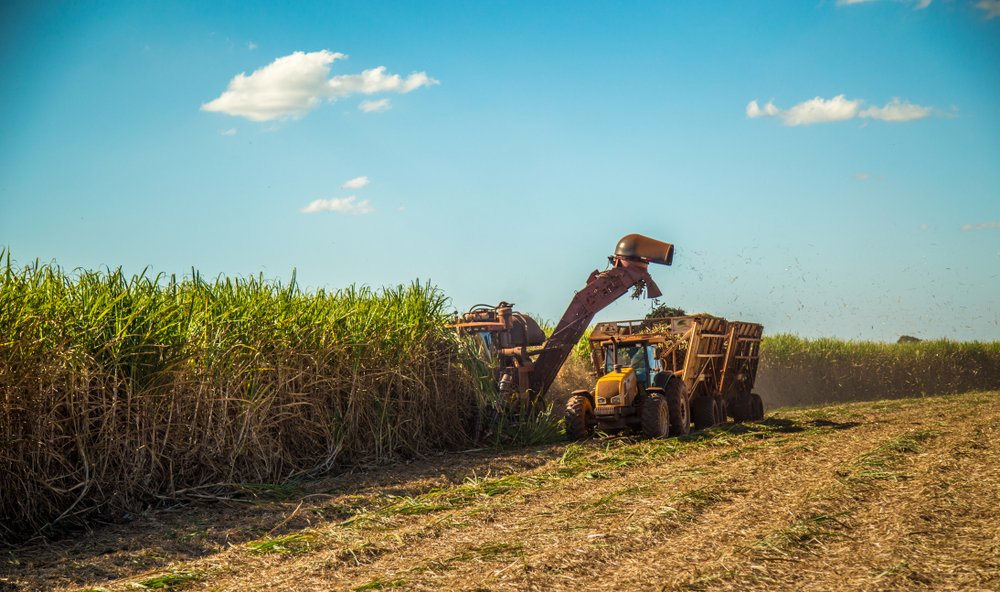
THE FUTURE OF GREEN HARVESTING
What is green harvesting?
Green cane harvesting uses mechanical harvesters with fans to separate leaves and tops from the sugar-bearing stalk, leaving a leafy material or “trash blanket” of sugarcane waste on the soil’s surface.
The sugarcane waste that is left on the soil can be used as mulch, or it can be harvested and separated to be used with sugarcane bagasse to produce value-added products such as xylose, activated carbon, biocoal, and more.
Green harvesting trends
There is worldwide pressure on the sugarcane industry to adopt green harvesting methods instead of using traditional pre-harvest burning. Pre-harvest burns have been shown to affect the surrounding communities by releasing toxic pollutants into the air which cause an uptick in respiratory health impacts.
Countries like Brazil, Australia, and Cuba are leading the path towards more sustainable green harvesting methods and countries Thailand and India are making efforts to transition their harvest methods away from pre-harvest burning.
Green harvesting in Florida
There is increasing pressure on the Florida sugarcane industry to adopt green harvesting methods due to the effects on the surrounding communities. The state of Florida predominately uses pre-harvest burns to harvest their sugarcane. Despite proof that the burns are affecting the surrounding communities, it is still the preferred method of harvesting sugarcane. Pre-harvest burning is seen as easier, and more cost-effective. Unfortunately, these burns still affect the surrounding communities, which are predominately low-income communities of color.
Green harvesting benefits
Increased soil carbon
Nutrient soil conservation
Reduced weed growth and reduces weed control costs
Conserved soil water
Turn sugarcane “trash” into value-added products
Reduces fertilizer costs
Reduces soil erosion and irrigation costs
Eliminate health issues for communities
Reduce lobbying costs
Better productivity in showery conditions
Climate Change Mitigation




